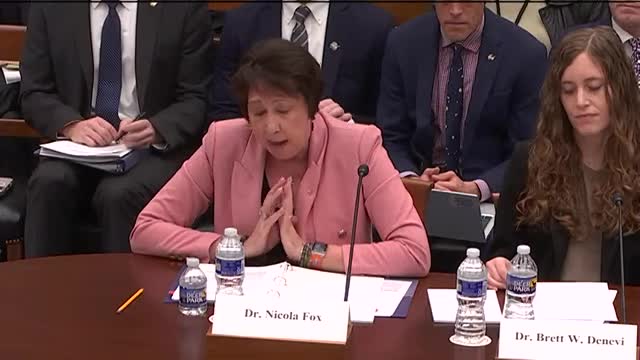
This article was created by AI using a video recording of the meeting. It summarizes the key points discussed, but for full details and context, please refer to the video of the full meeting. Link to Full Meeting
NASA's CLPS initiative has already seen four successful launches, with two more planned for this year and three anticipated for the next. This rapid pace of exploration is unprecedented, marking a significant commitment to peaceful lunar exploration and scientific discovery. The program encourages American commercial vendors to take the lead in payload integration, mission operations, and landing services, allowing NASA to focus on its core scientific objectives while fostering a competitive lunar economy.
The discussions underscored the high-risk, high-reward nature of the CLPS missions, which aim to deliver cutting-edge technology and scientific instruments to the moon's surface. Each mission is designed not only to advance scientific knowledge but also to prepare for future human exploration. As NASA prepares to send astronauts back to the moon and eventually to Mars, understanding the lunar environment and identifying in situ resources are critical steps.
Dr. Fox, a key speaker at the meeting, emphasized that the CLPS initiative represents a transformative shift in how NASA approaches space exploration. By leveraging private sector innovation, NASA aims to reduce reliance on government-built spacecraft and position American companies at the forefront of a burgeoning lunar economy. The initiative has already led to increased private investment in lunar capabilities, setting the stage for a new era of exploration.
However, the meeting also revealed concerns regarding the future of specific missions, particularly the VIPER rover, which was intended to explore the moon's South Pole for valuable resources. The uncertainty surrounding VIPER's delivery highlights the challenges that come with the ambitious goals of the CLPS program.
As the committee members deliberated, it became clear that the success of the CLPS initiative could unlock transformative scientific discoveries about the moon. With plans to deploy advanced instruments and rovers, NASA aims to address long-standing lunar mysteries and enhance our understanding of the moon's history and resources.
In conclusion, the CLPS initiative stands as a testament to America's commitment to leading in space exploration. By combining the ingenuity of the private sector with NASA's scientific expertise, the program not only promises to advance our understanding of the moon but also paves the way for sustainable human exploration beyond our planet. As the world watches, the next steps in lunar exploration will be crucial in determining the future of space science and technology.
Converted from Hearing - Leveraging Commercial Innovation for Lunar Exploration: A Review of NASA’s CLPS Initiative meeting on April 03, 2025
Link to Full Meeting
Comments
View full meeting
This article is based on a recent meeting—watch the full video and explore the complete transcript for deeper insights into the discussion.
View full meeting